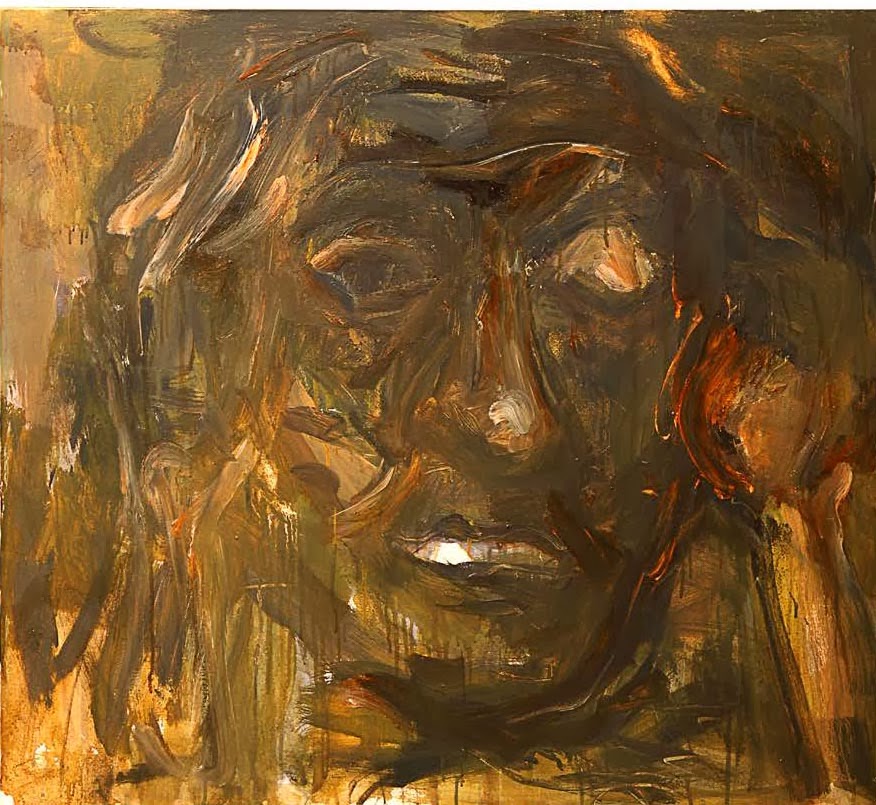Abstract art has come far ahead from use of conventional materials of canvas, paper and colors. It is now expressed in installations, digital medium and so on. One of such out of the way is the work of K.L. Santosh, an artist from Mumbai. An art graduate from Sir J. J. School of Arts has a unique medium of expressing his thoughts and that is through using matchsticks on ply.
The basic elements of his paintings are male and female. He uses matchsticks and the geometric forms made by them represent male and female. The horizontal or vertical placement of matchsticks represent male and triangle represents female. These paintings illustrate male and female relationship. He started working using matchsticks right from the days in Art college and the first creation was 'Khajuraho Night' based on the famous Khajuraho temple. He then worked on 'Krishna' his next painting where he showed one male amongst thousands of female. Here he used approximately five thousand five hundred and fifty matchsticks for female form and at the centre was an abstract image of Krishna in ceramics. This was a mixed medium. Even now his paintings are based on mixed medium and he says that from the very beginning he loved to experiment in using various mediums.
His work stands out because, unlike the basic of Abstract art where expression is formless and expressed through colors, he uses very less colors and highlight more on forms, though most of them are geometric figures. This may be because of Prabhakar Barve, the great painter whom he admires for the forms and their placement in his paintings. He also has high regards for Prabhakar Kolte.
One can also find the traces of Warli paintings in his works. He reasons that there is a repetitive form in his paintings because for him repeating the same thing again and again means a total involvement with it which is like a meditation, concentration and ultimate nirvana of the soul. To put in his own words, “Like a Warli painter who depicts his life by drawing it on one background, even I try to portray my life's experiences, influences and curiosities using repetition on a single colored background.”
With his artistic progression' there emerged a change in his forms. With being more geometric in forms, of course the use of mix mediums still continues. In his 'Mumbai- Shanghai' show he made an installation called 'Why not', in which he had used the glass cover to suggest that progress is good only without neglecting nature.
These meditative paintings are very valuable in this stressful and competitive era.
- Pankaja JK
 |
| (2004 Installations work by K L Santosh) |
The basic elements of his paintings are male and female. He uses matchsticks and the geometric forms made by them represent male and female. The horizontal or vertical placement of matchsticks represent male and triangle represents female. These paintings illustrate male and female relationship. He started working using matchsticks right from the days in Art college and the first creation was 'Khajuraho Night' based on the famous Khajuraho temple. He then worked on 'Krishna' his next painting where he showed one male amongst thousands of female. Here he used approximately five thousand five hundred and fifty matchsticks for female form and at the centre was an abstract image of Krishna in ceramics. This was a mixed medium. Even now his paintings are based on mixed medium and he says that from the very beginning he loved to experiment in using various mediums.
His work stands out because, unlike the basic of Abstract art where expression is formless and expressed through colors, he uses very less colors and highlight more on forms, though most of them are geometric figures. This may be because of Prabhakar Barve, the great painter whom he admires for the forms and their placement in his paintings. He also has high regards for Prabhakar Kolte.
 |
| ( KL Santosh and Pritish Nandy at art gallery Mumbai 2005) |
One can also find the traces of Warli paintings in his works. He reasons that there is a repetitive form in his paintings because for him repeating the same thing again and again means a total involvement with it which is like a meditation, concentration and ultimate nirvana of the soul. To put in his own words, “Like a Warli painter who depicts his life by drawing it on one background, even I try to portray my life's experiences, influences and curiosities using repetition on a single colored background.”
With his artistic progression' there emerged a change in his forms. With being more geometric in forms, of course the use of mix mediums still continues. In his 'Mumbai- Shanghai' show he made an installation called 'Why not', in which he had used the glass cover to suggest that progress is good only without neglecting nature.
These meditative paintings are very valuable in this stressful and competitive era.
- Pankaja JK




